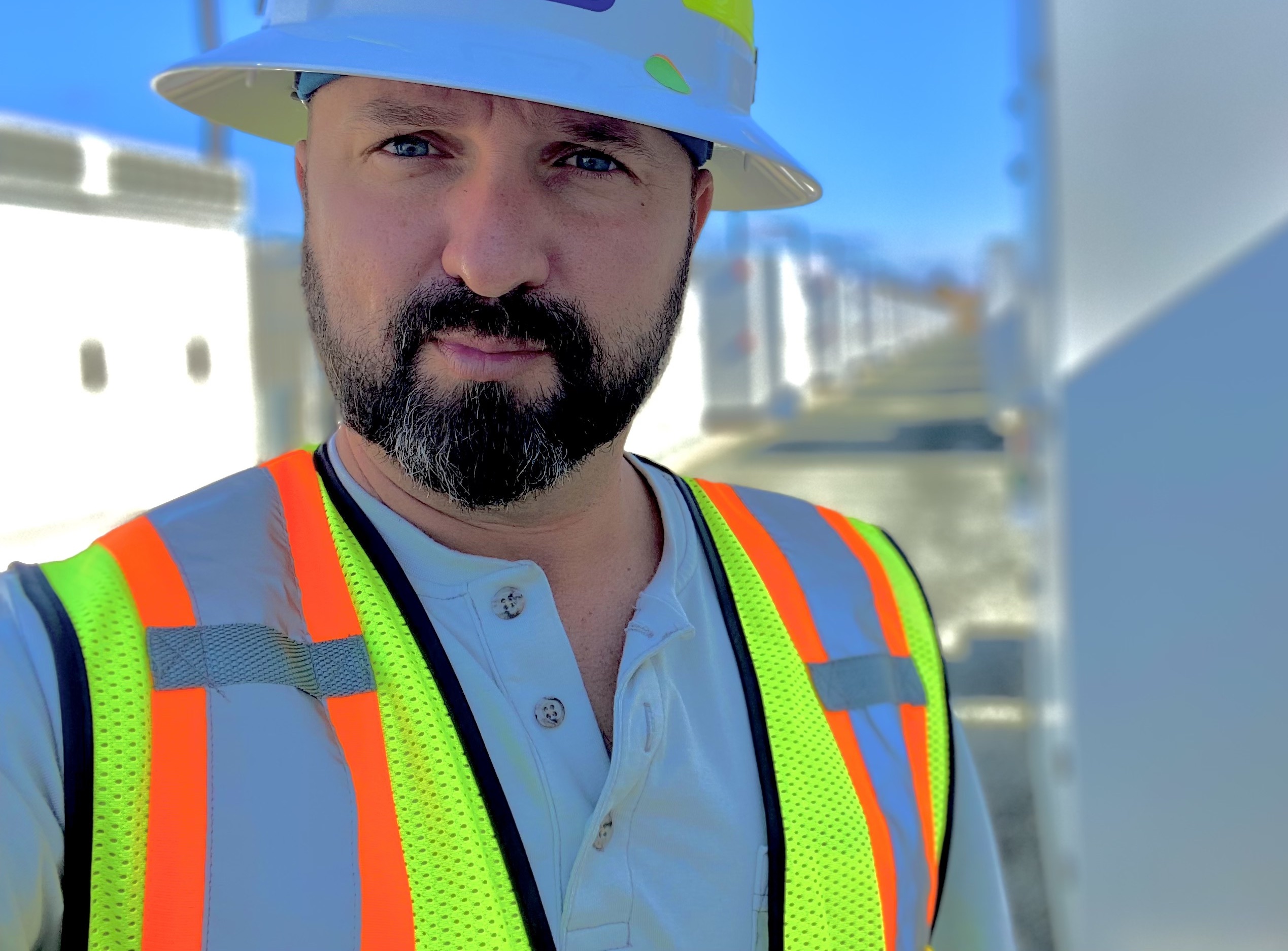The Gap: Shortage of Skilled Workers and Its Impact on Renewable Energy Growth
- Josh R

- Aug 19, 2023
- 3 min read
Updated: Nov 7

The global push towards a sustainable future has led to a rapid expansion of renewable energy sources. From solar and wind to hydro and geothermal, these clean energy alternatives have gained immense popularity due to their environmental benefits. However, as the renewable energy sector continues to flourish, it is facing a significant obstacle - a shortage of skilled workers. This shortage not only threatens the progress of the renewable energy industry but also poses challenges to achieving our broader climate goals. In this blog post, we will dive into the reasons behind the shortage of skilled workers in the renewable energy sector and explore the potential impact on its growth.
The Renewable Energy Boom
Over the past decade, the world has witnessed a remarkable surge in renewable energy adoption. Governments, corporations, and individuals alike are recognizing the urgency of transitioning away from fossil fuels to mitigate the impacts of climate change. As a result, substantial investments have been made in renewable energy projects, creating new opportunities and transforming the energy landscape.
The Shortage of Skilled Workers
While the growth of the renewable energy sector is promising, it is accompanied by a critical challenge: a shortage of skilled workers. This shortage spans various areas, including engineering, installation, maintenance, and research. There are several reasons behind this scarcity:
Rapid Expansion: The pace at which renewable energy projects are being developed has outpaced the training and education of skilled workers to support these projects. This has created a gap between the demand for skilled professionals and the supply of adequately trained individuals.
Changing Skill Requirements: Renewable energy technologies are evolving rapidly, demanding workers with up-to-date skills in areas such as advanced manufacturing, energy storage, and grid integration. Traditional energy skillsets do not always align with the needs of the renewable sector.

Lack of Training Programs: Limited availability of specialized training programs and educational pathways focused on renewable energy technologies has hindered the development of a skilled workforce. This gap is particularly evident in regions with ambitious renewable energy targets.
Impact on Renewable Energy Growth
The shortage of skilled workers poses a significant challenge to the continued growth of the renewable energy sector:
Delays and Project Abandonment: Insufficient manpower can lead to project delays, increased costs, and even project cancellations. This disrupts the momentum of renewable energy expansion and can discourage investors.
Quality and Safety Concerns: Skilled workers are essential for ensuring the quality, safety, and longevity of renewable energy projects. Without adequately trained professionals, the risk of mistakes or accidents increases.
Innovation and Technological Advancement: Skilled workers drive innovation in the renewable energy sector by developing new technologies, improving efficiency, and enhancing integration with existing energy systems. The shortage of talent may hinder the pace of innovation.
Meeting Climate Targets: The shortage of skilled workers could slow down the transition to clean energy, making it harder for governments and organizations to achieve their climate targets and meet international commitments.
Addressing the Shortage
To address the shortage of skilled workers in the renewable energy sector, a multi-faceted approach is necessary:

Investing in Education: Industry, governments, and educational institutions should collaborate to develop specialized training programs, courses, and certifications that align with the evolving needs of the renewable energy industry.
Promoting Vocational Training: Encouraging vocational training and apprenticeship programs can help bridge the gap between theory and hands-on experience, producing a workforce that is both knowledgeable and skilled.
Industry Partnerships: Collaboration between industry players, educational institutions, and governments can lead to the creation of comprehensive training curricula that prepare individuals for specific roles in the renewable energy sector.
Raising Awareness: Public awareness campaigns can highlight the exciting opportunities available in the renewable energy sector, encouraging more individuals to pursue careers in this field.
Final thoughts:
The shortage of skilled workers in the renewable energy sector presents a complex challenge that requires immediate attention. To ensure the continued growth and success of renewable energy technologies, governments, educational institutions, and industry stakeholders must work together to develop a well-trained and skilled workforce. By investing in education, vocational training, and industry partnerships, we can bridge the gap and propel the renewable energy sector forward, driving innovation, creating jobs, and ultimately contributing to a more sustainable future.















